In motorsport, you can build your own car and engine, hire the best staff and recruit the drivers, but there’s one factor you can’t control: tyres. In a series as close as the Dunlop MSA British Touring Car Championship, they can make all the difference.
This weekend at Brands Hatch, Colin Turkington and Jason Plato will fight for the 2014 BTCC title. The only parts of their cars touching the circuit will be Dunlop-supplied control tyres, which the BTCC has used since 2003.
Providing all of the rubber for the competitors is one part of a major logistical challenge. Another is ensuring that each team can get the best out of their allocated tyres at the track. To achieve this, Dunlop takes a dozen technicians to each meeting. They are embedded with teams and offer support and information.
To find out what goes on, Autocar joined Dunlop’s Michael ‘Mickey’ Butler for the qualifying day of last month’s Silverstone meeting. He’s the firm’s sales and product manager, and during race weekends he tends to the Triple Eight Race Engineering team, which runs the MGs of Jason Plato, Sam Tordoff and Marc Hynes.
At the start of the first free practice session, Butler takes the ambient and track surface temperature and relays them to Triple Eight’s race engineers. On Plato’s car, this is Carl Faux.
Each driver is allocated 16 new tyres per event: one set of soft-compound tyres that must be used in a race and three sets of mediums. Before the team can begin to hone the car’s set-up for qualifying and race day, Plato is sent out on track to scrub each of his sets of new tyres.
The objective is to remove the releasing agents – the chemical used to prevent the tyre from sticking to the mould during the manufacturing process. This allows the tyres to get up to their 100deg Celsius operating temperature more evenly.
Each time the car pits, Butler uses a probe to take a tyre’s temperature across three areas of the tread and passes on his findings to Faux. Too much camber, or pressures that are too low, can put excessive load on the inside shoulder of a tyre and affect durability.
Front-wheel-drive BTCC cars are set up with negative camber. This helps to evenly distribute the load and optimise the contact patch with the road when the car is cornering. The set-up of the car, and the fact that the front axle is responsible for driving, cornering and most of the braking, puts specific demands on the tyres.
Plato says: “Most of the time the car is actually on three wheels, because the inside rear isn’t doing anything. More often than not, it is just causing problems because it goes up in the air, under-rotates and touches down again, which then puts a yaw moment through the car. On a front-wheel-drive car, what’s going on with the two front tyres is absolutely crucial. Our rear wheels are along for the ride.”

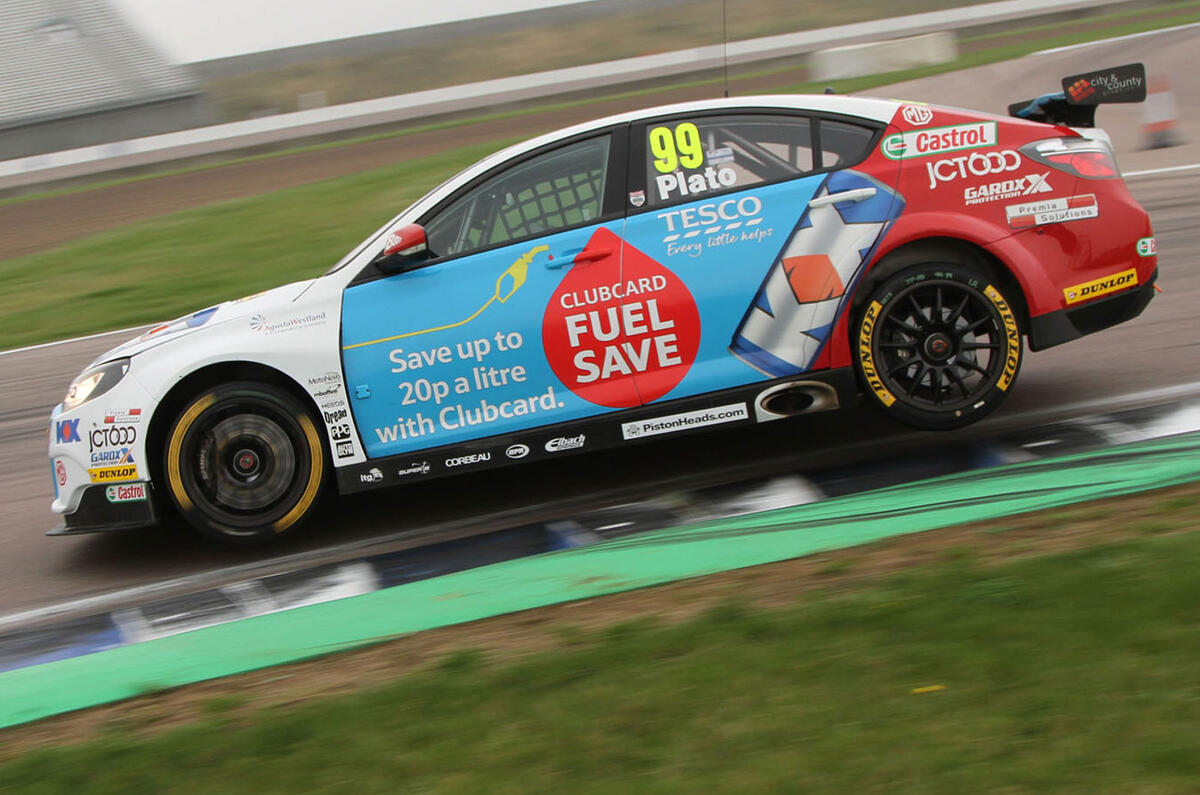
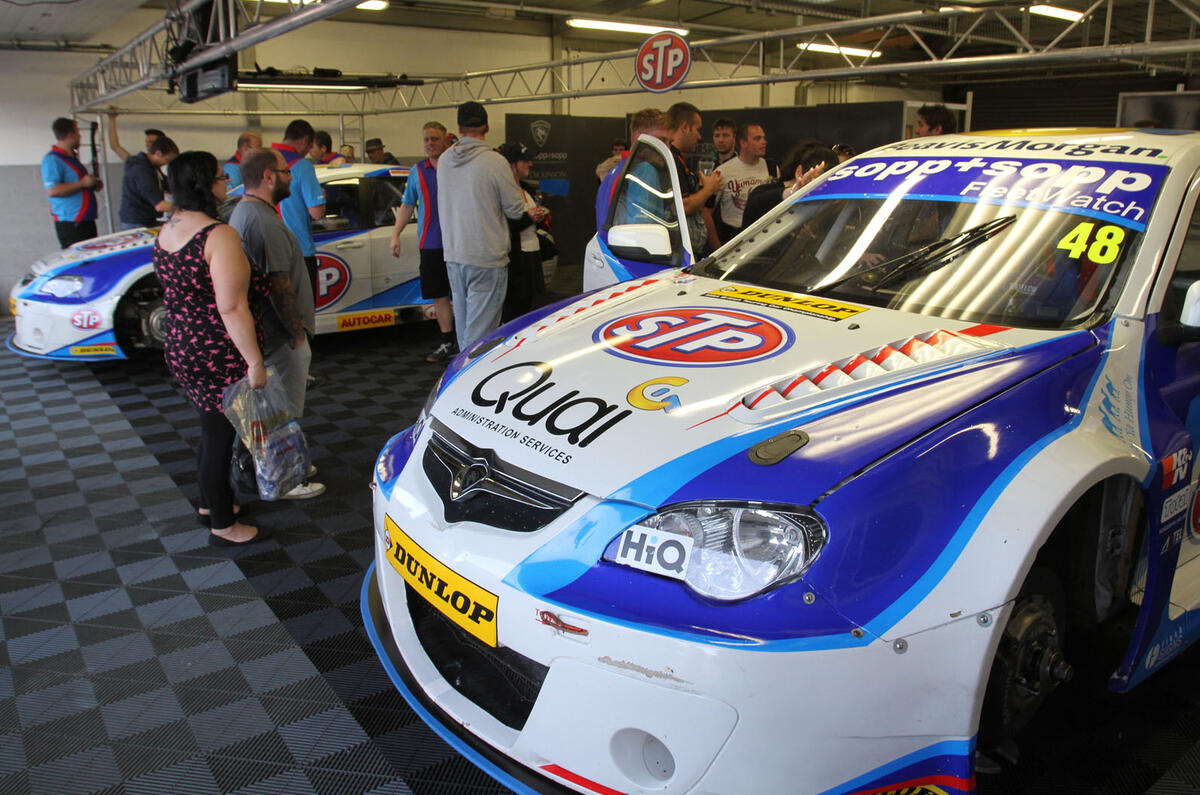
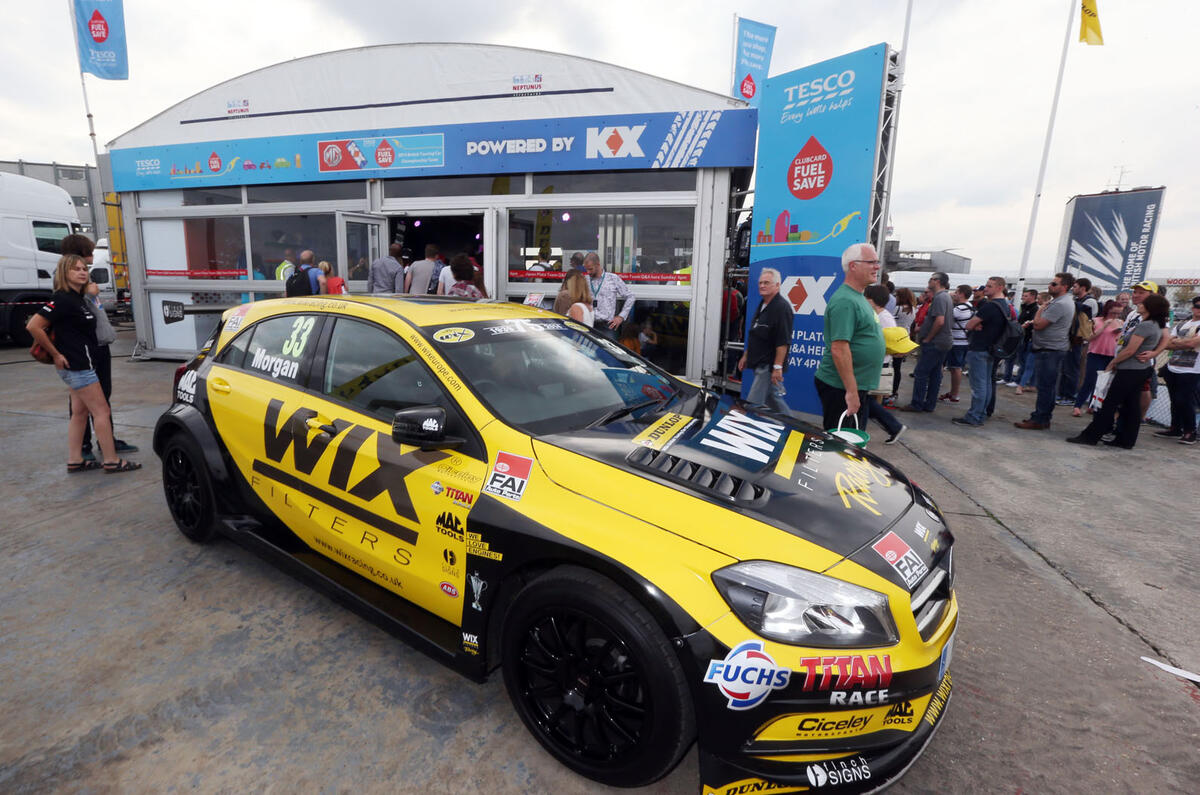
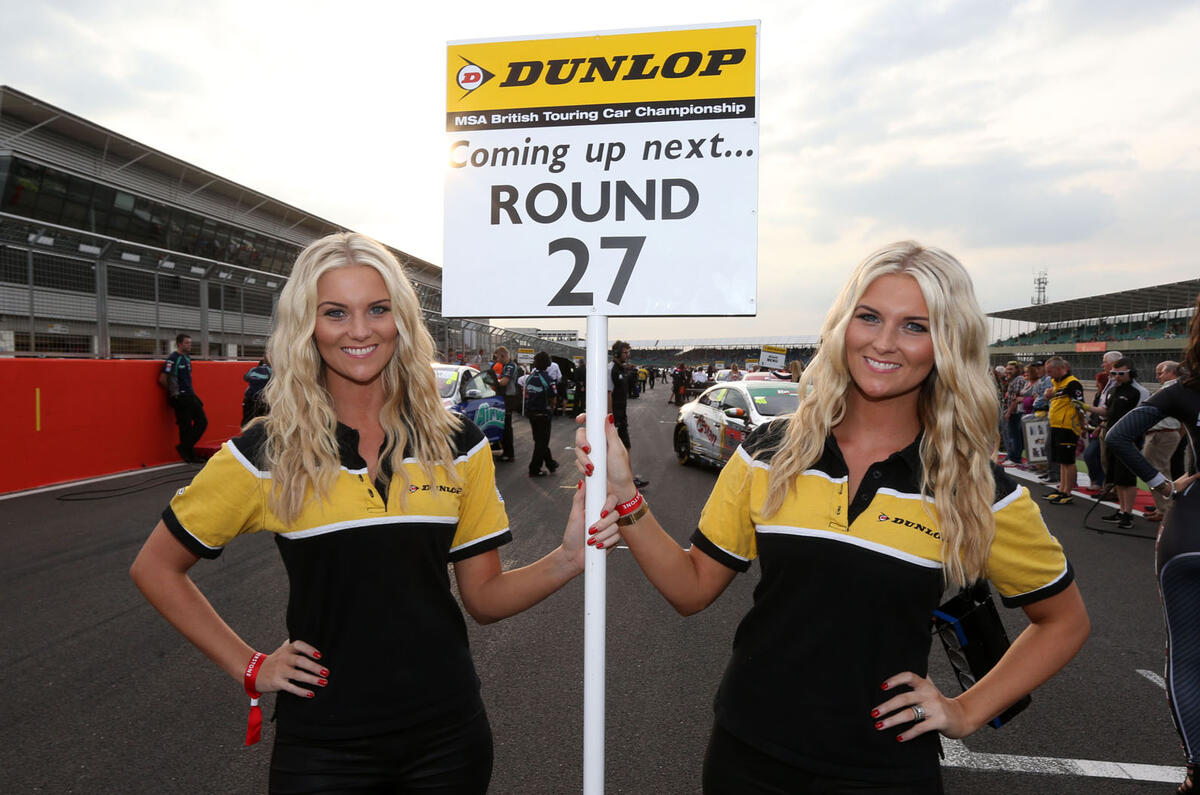
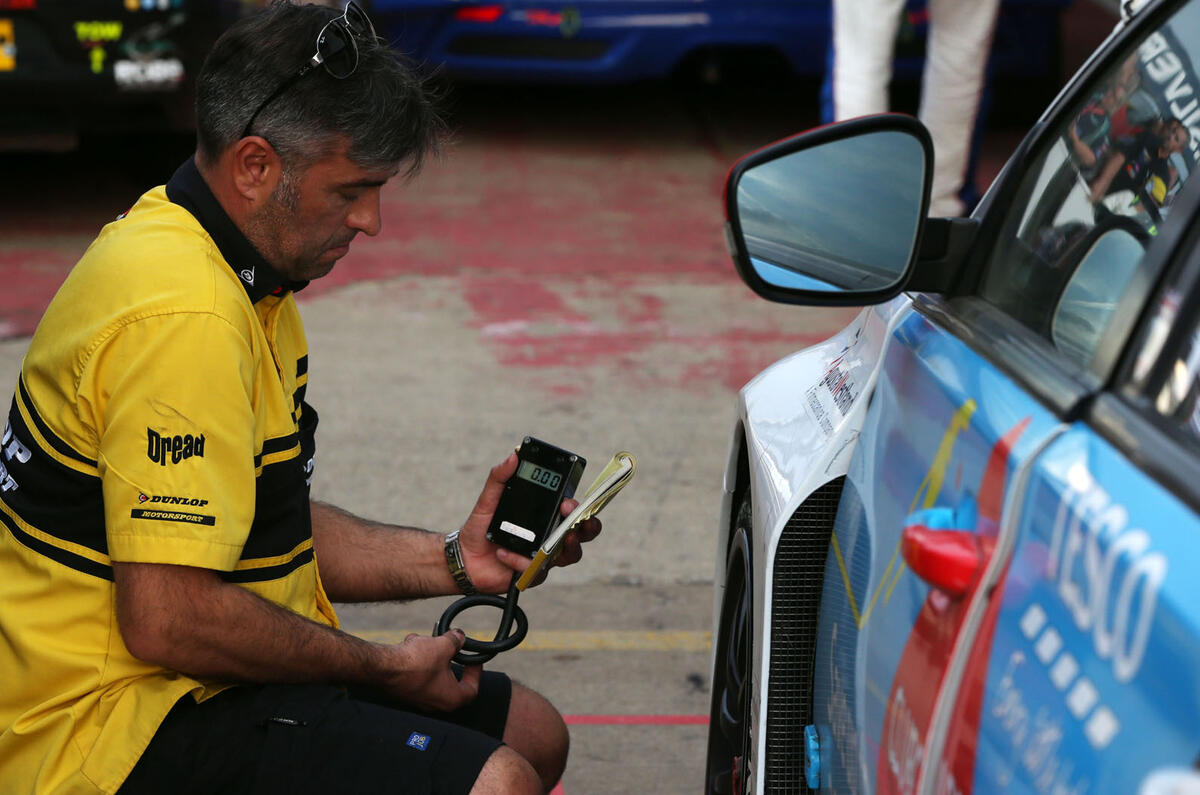
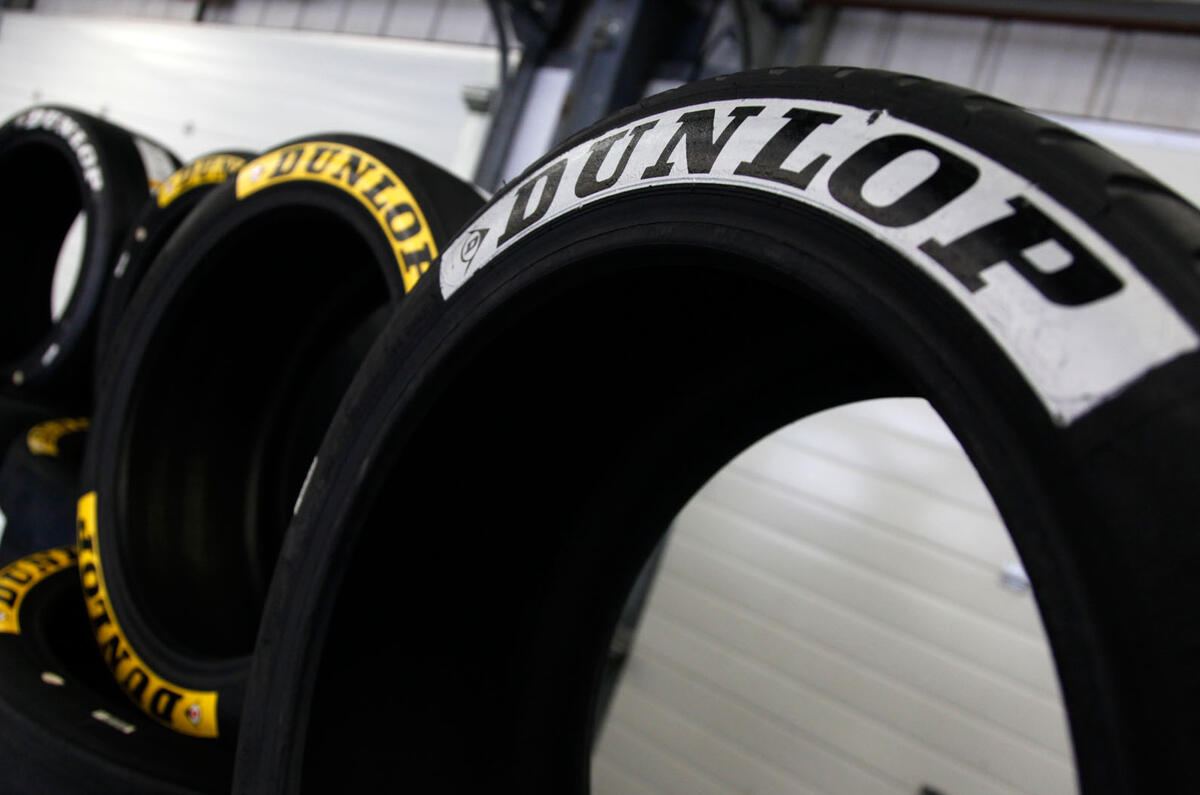
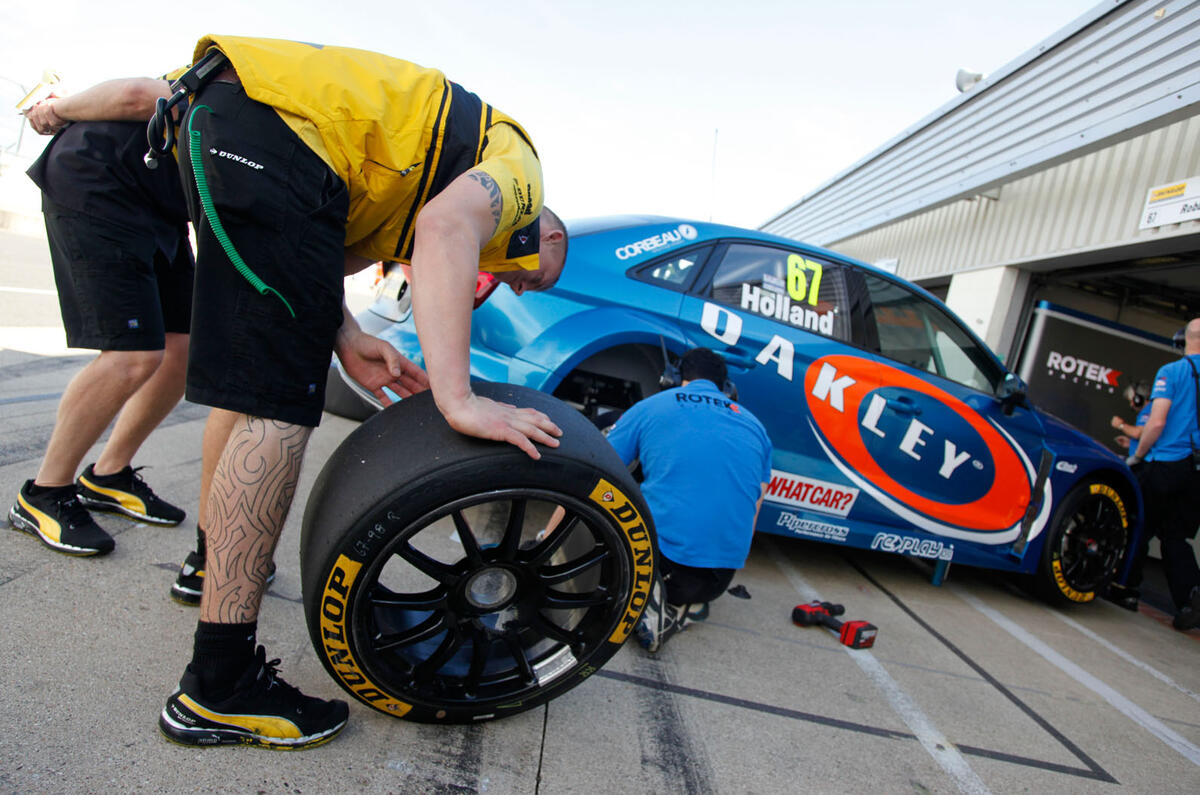
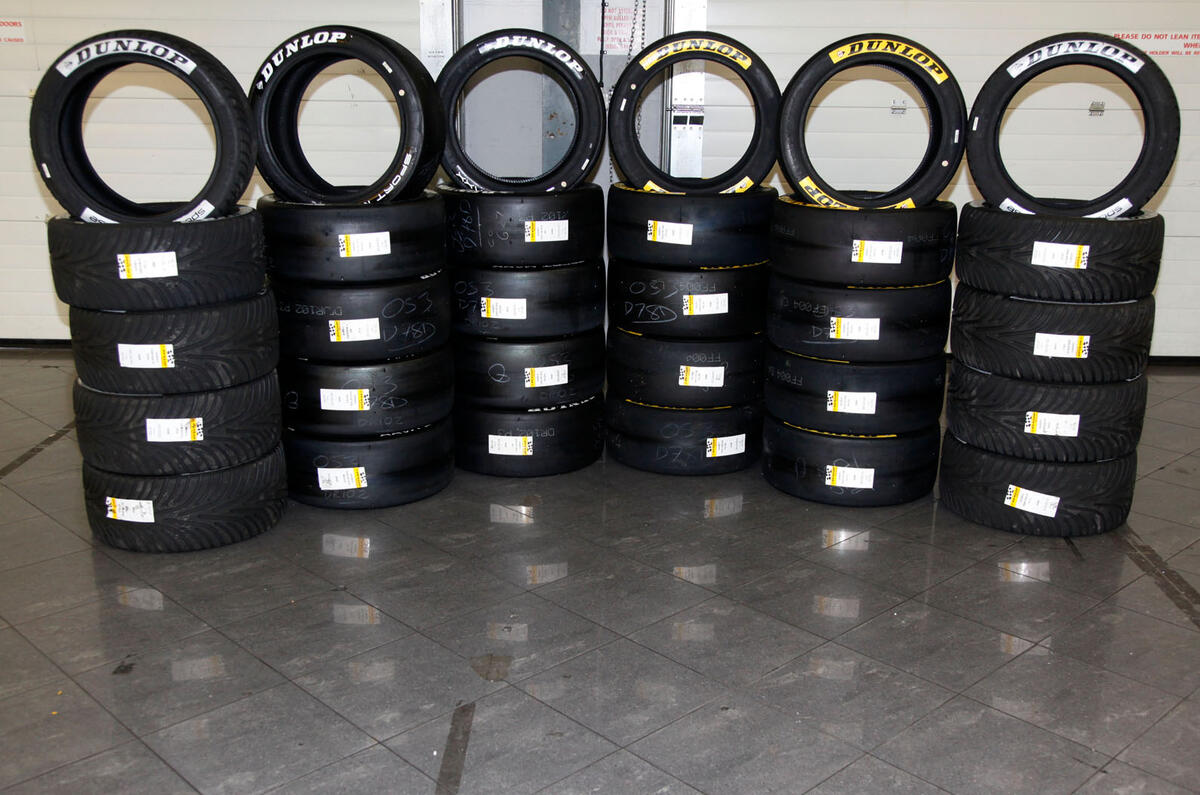
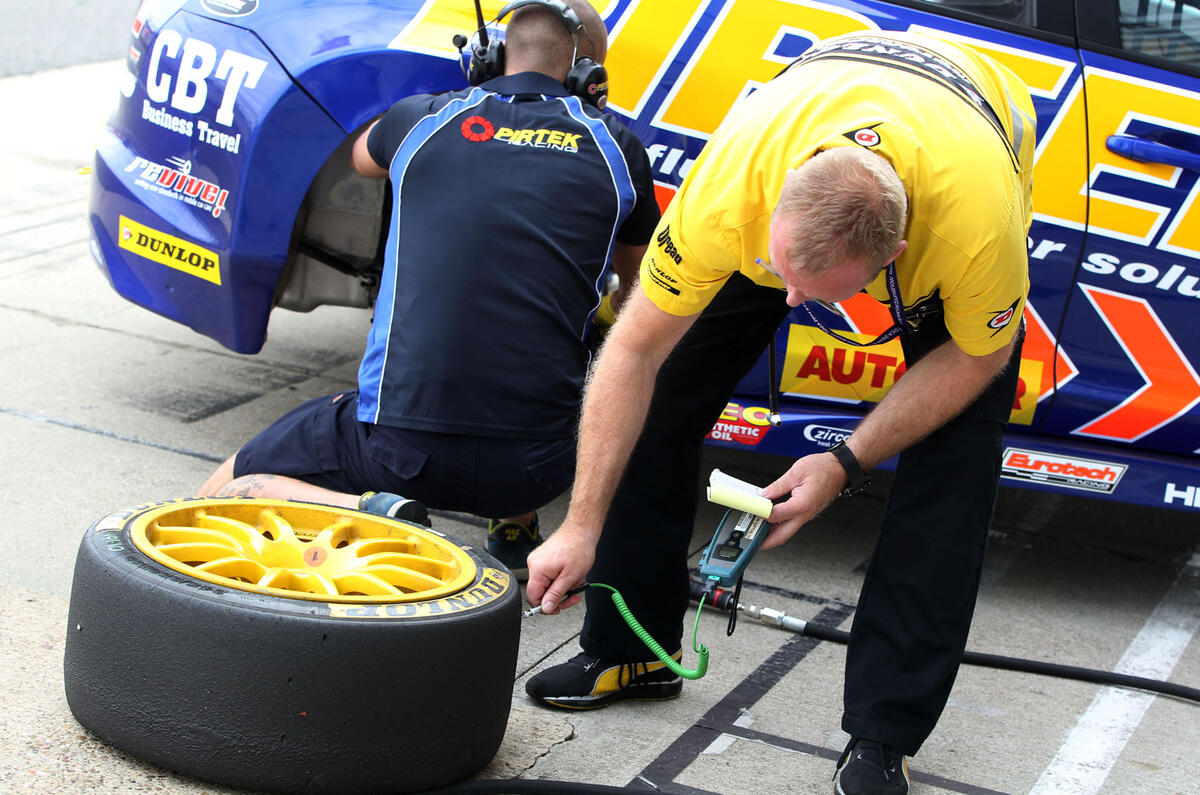
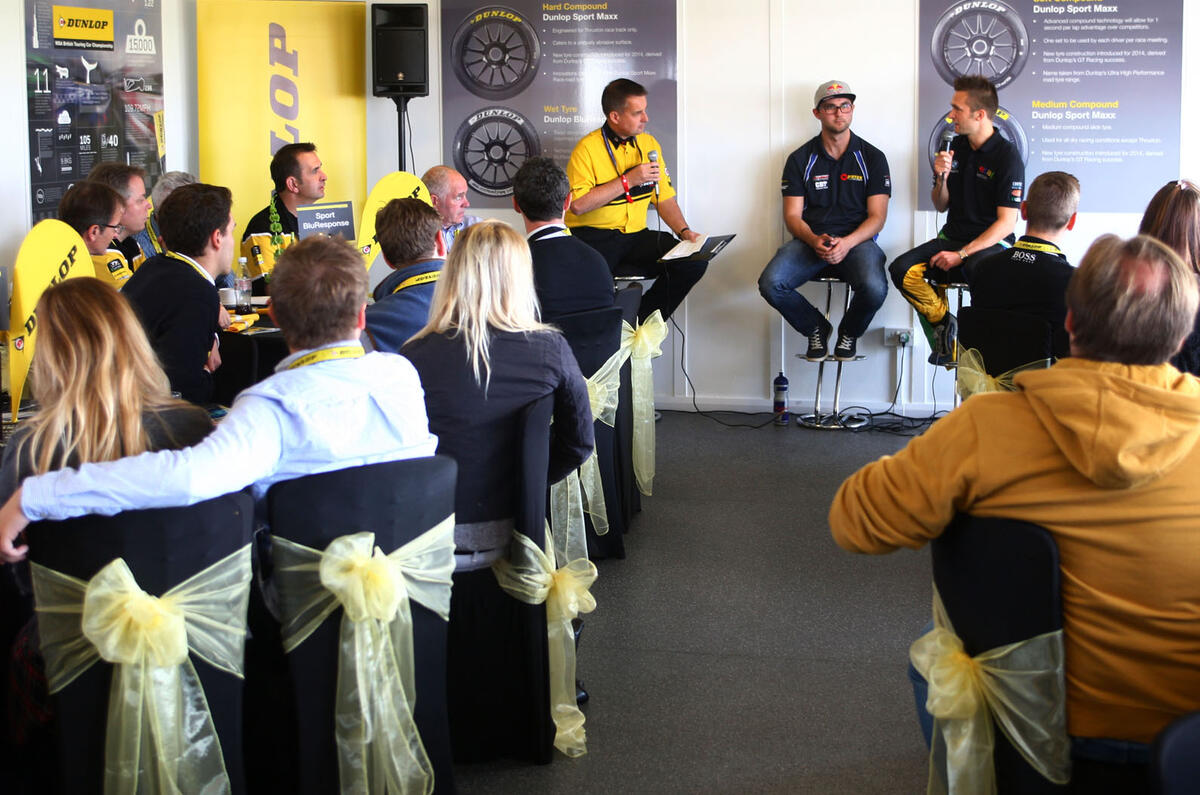
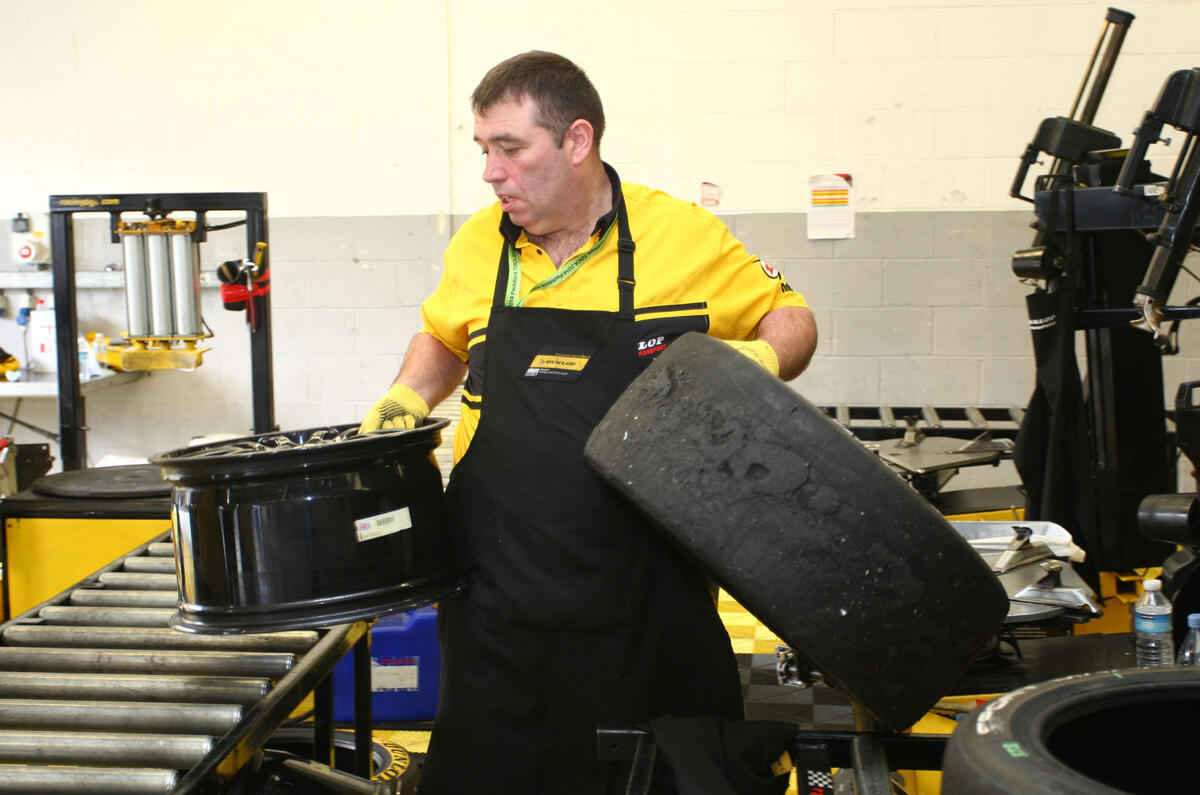
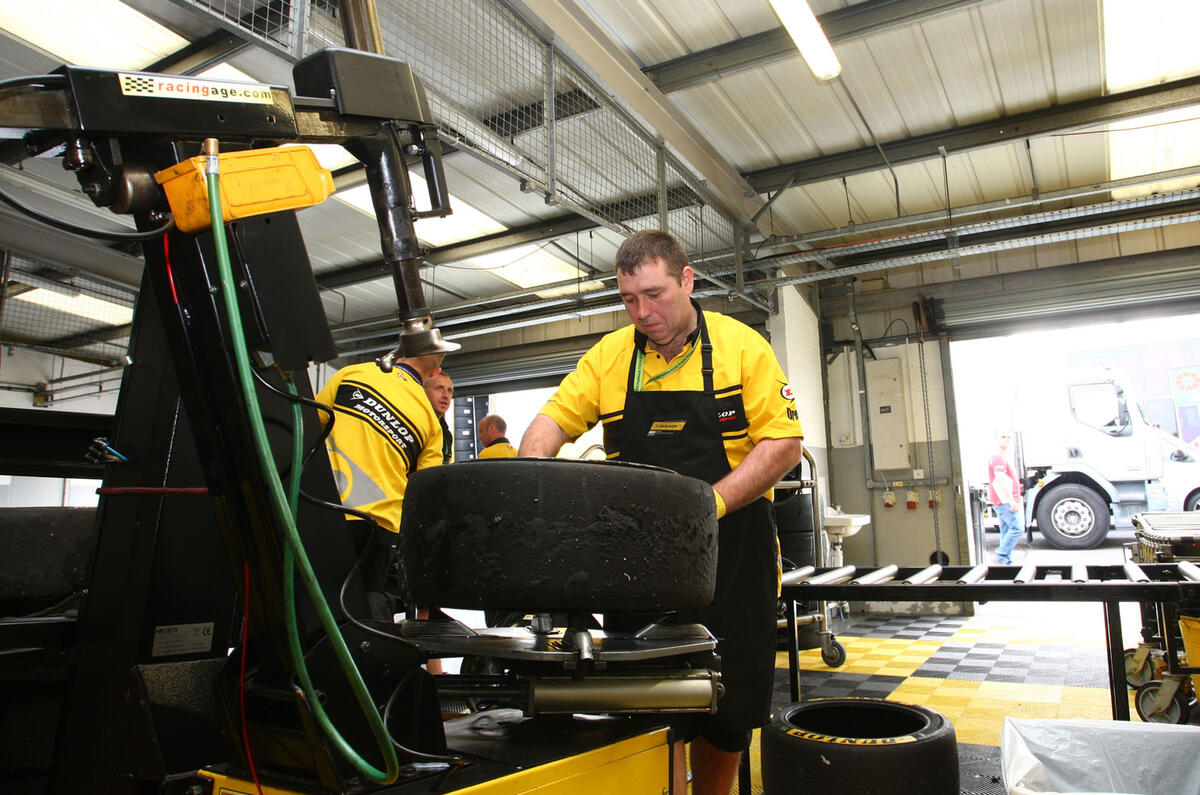
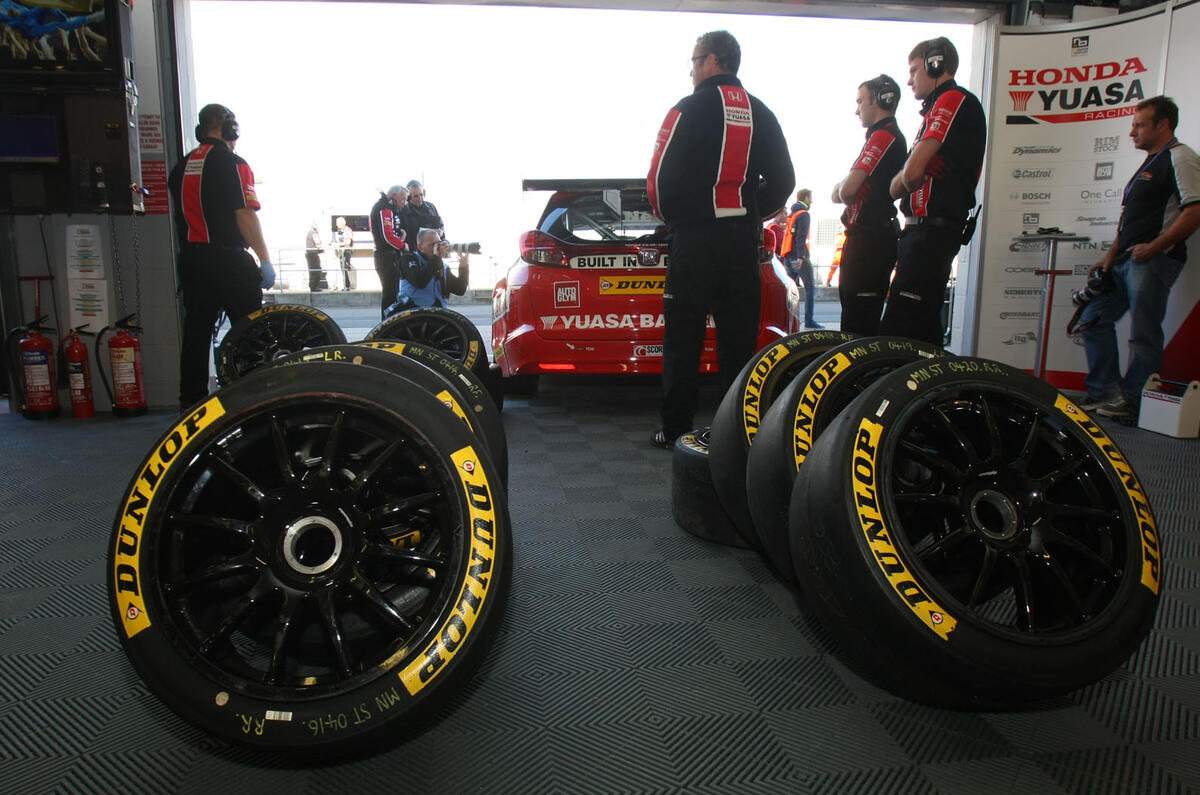
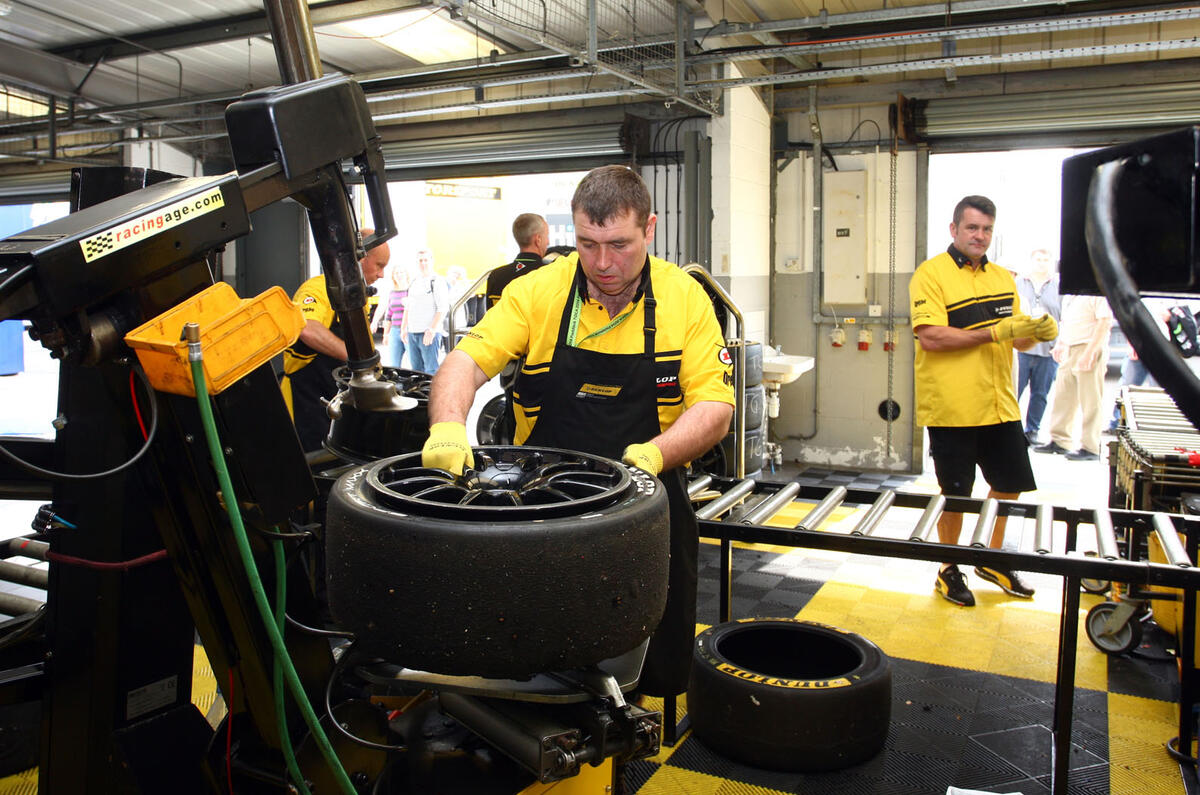

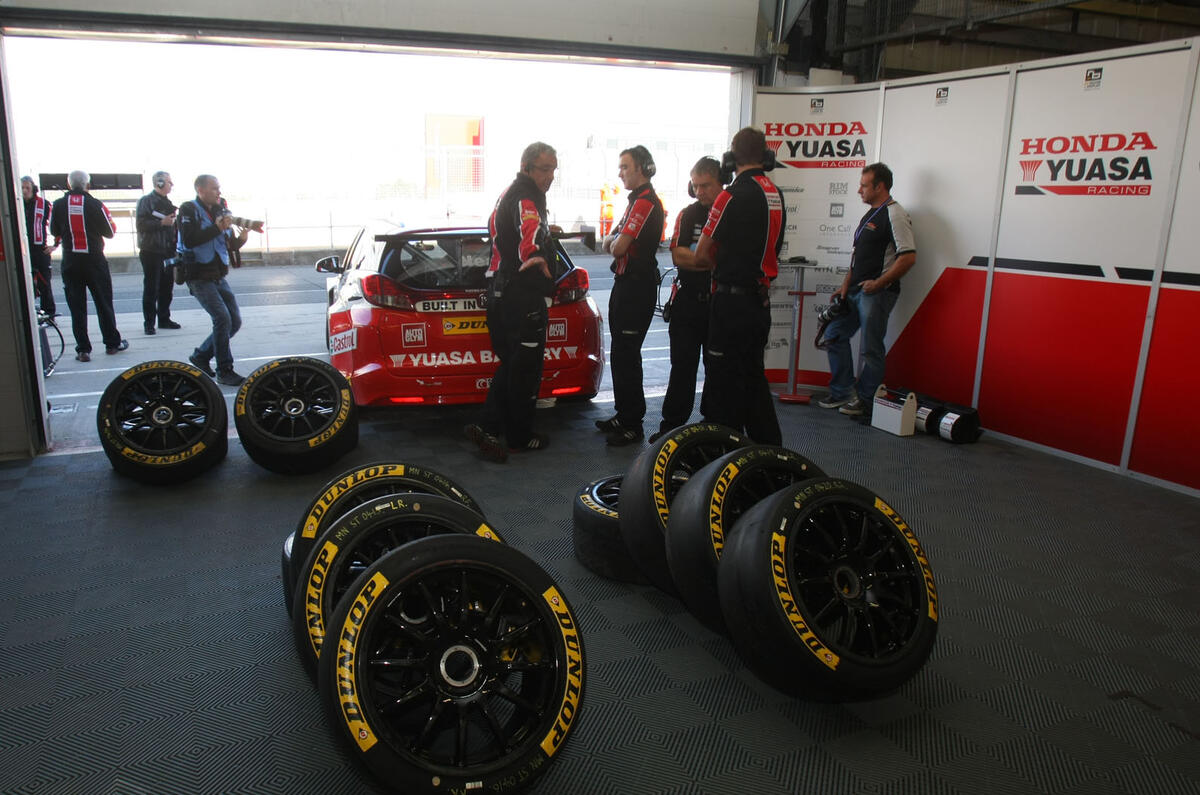
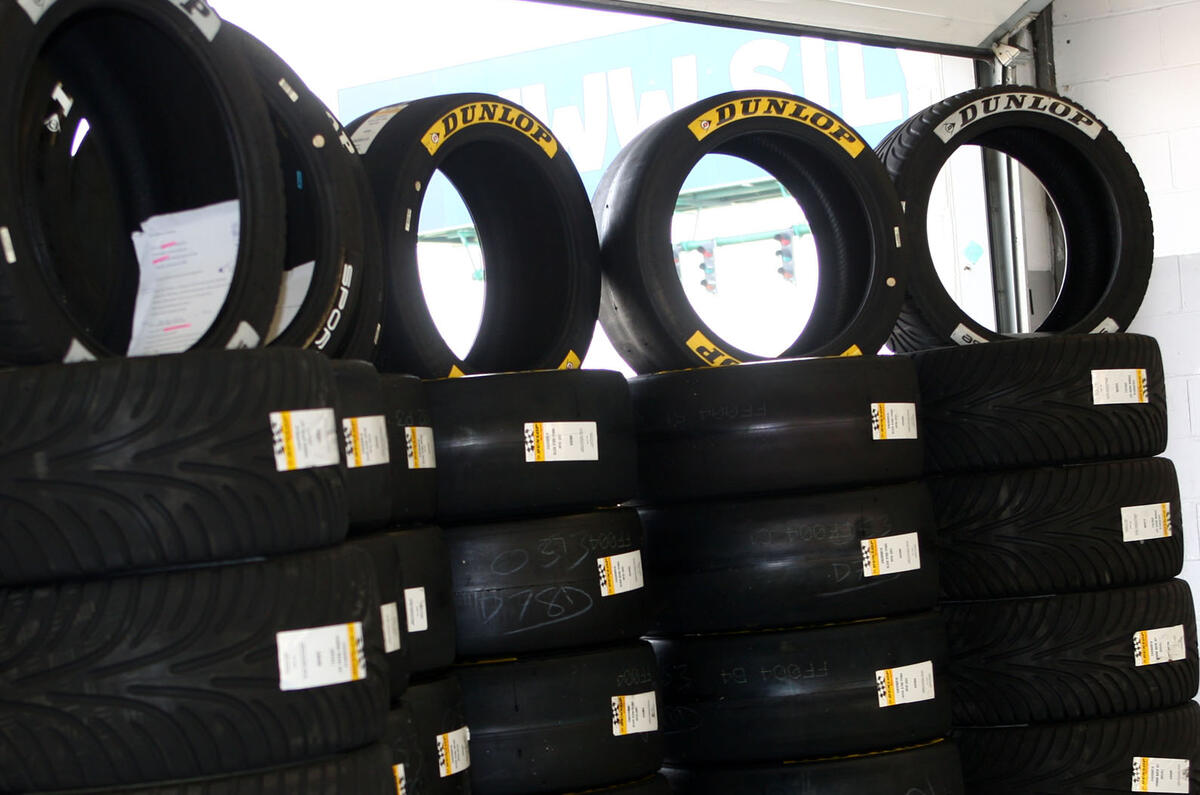
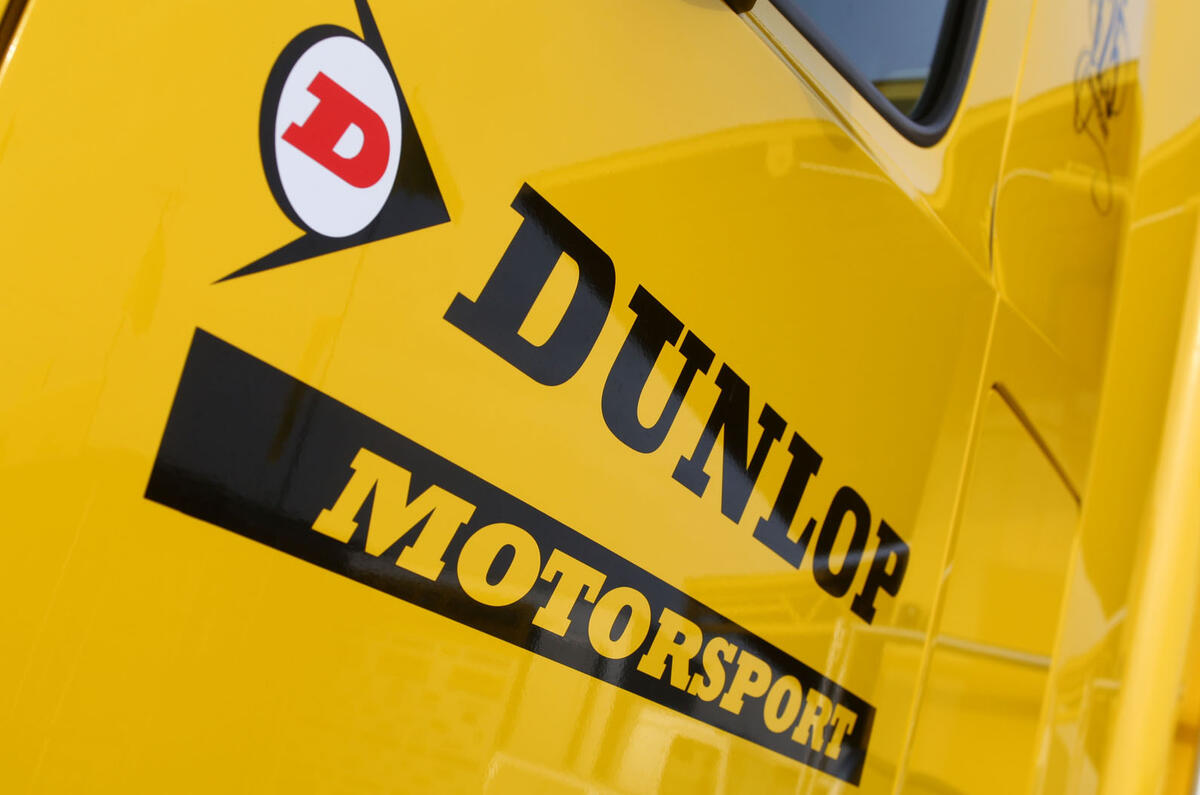
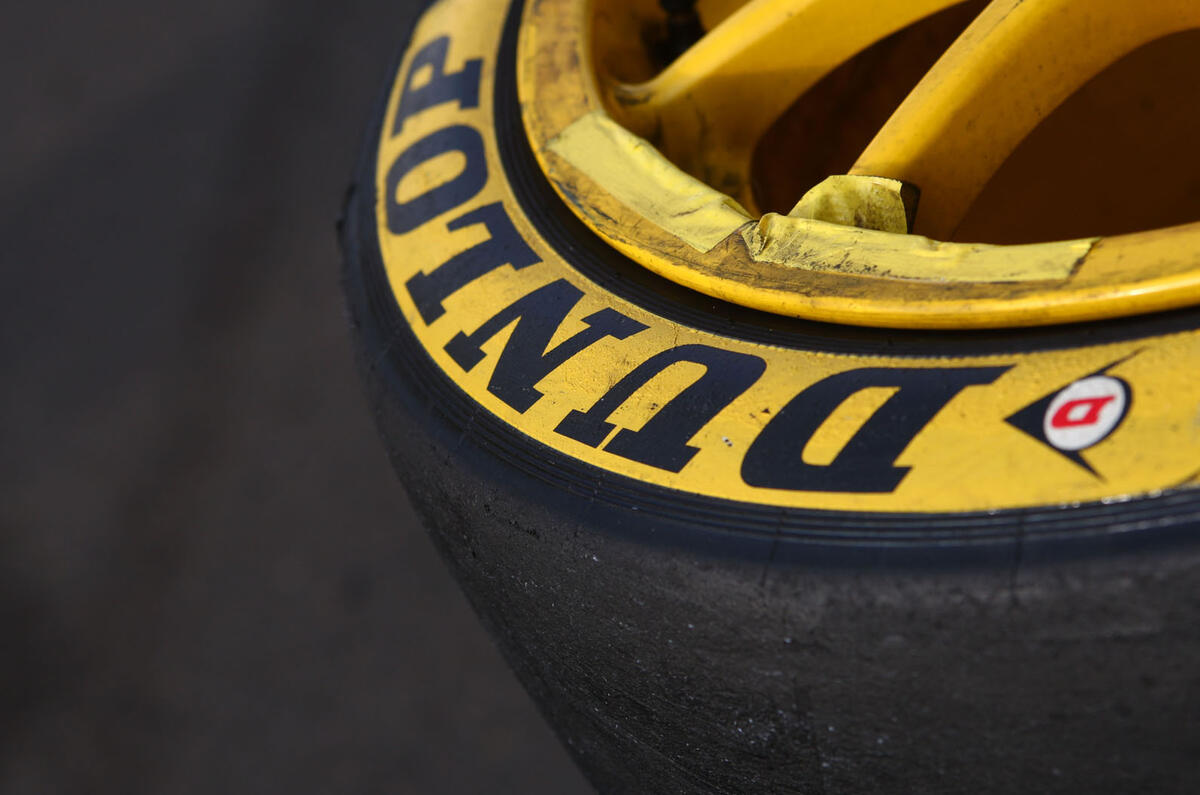
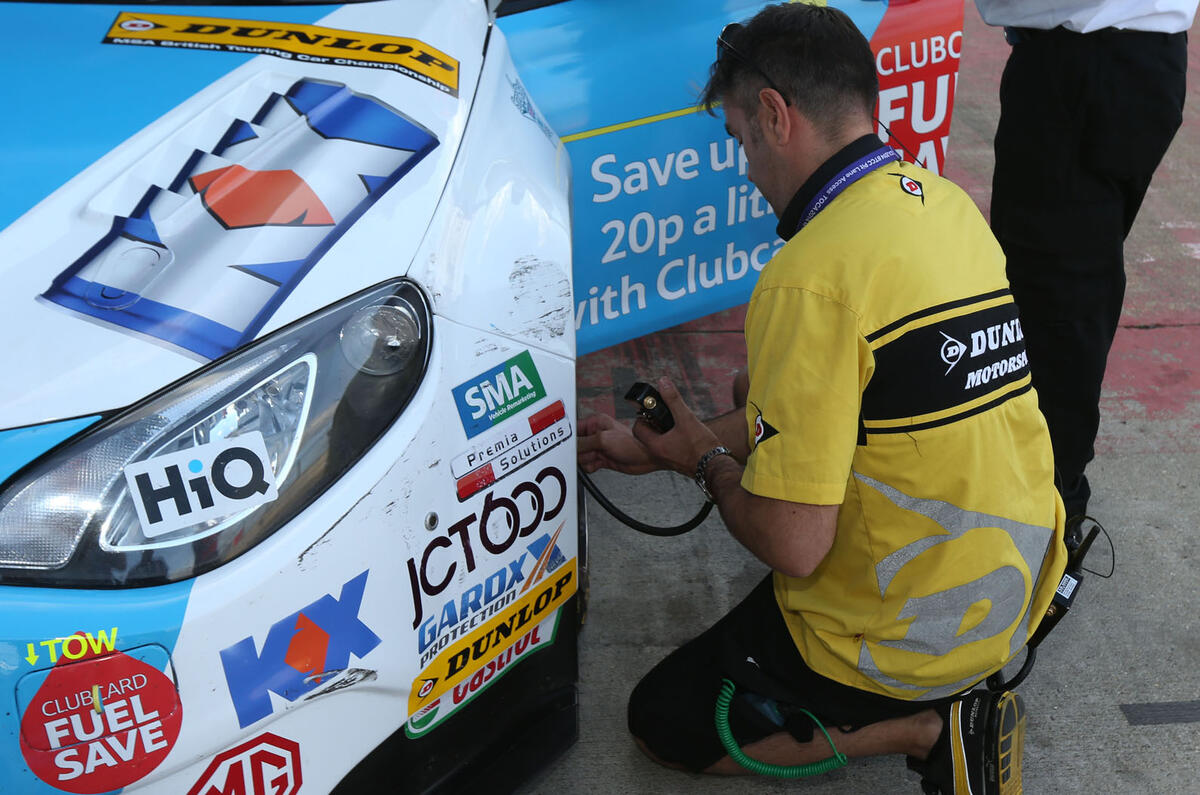

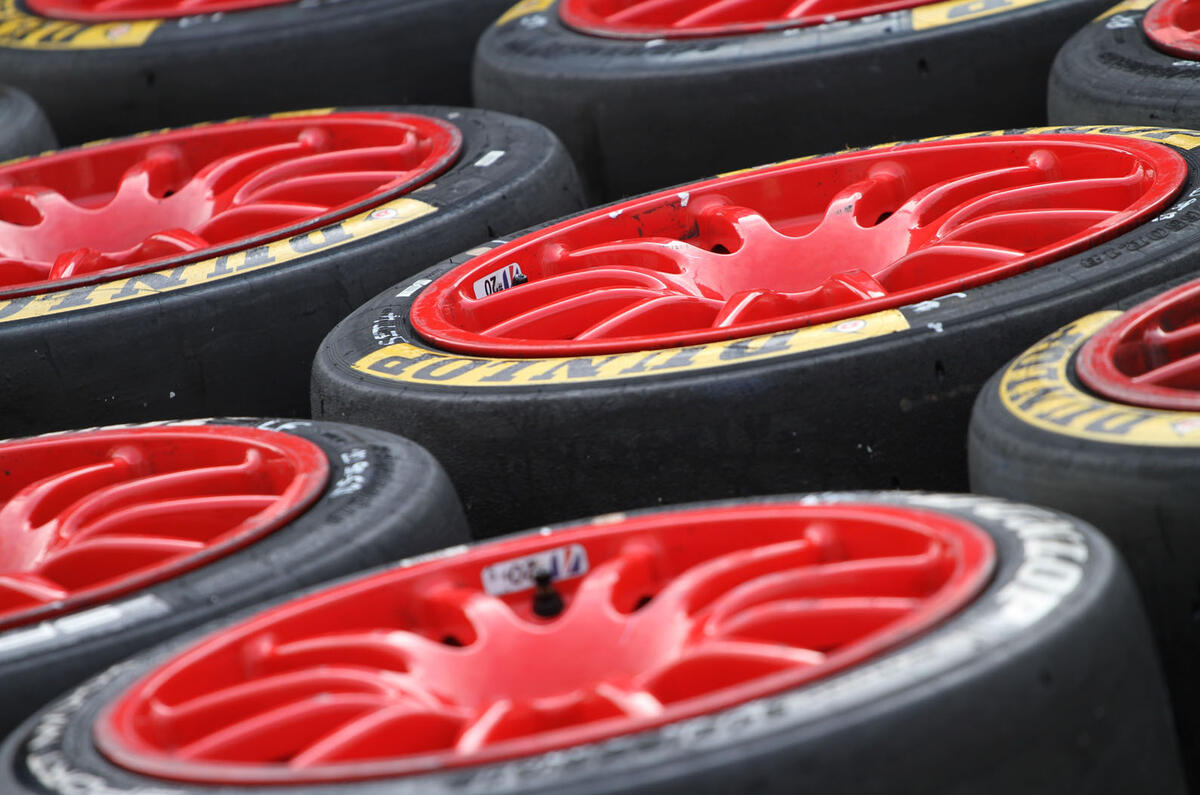
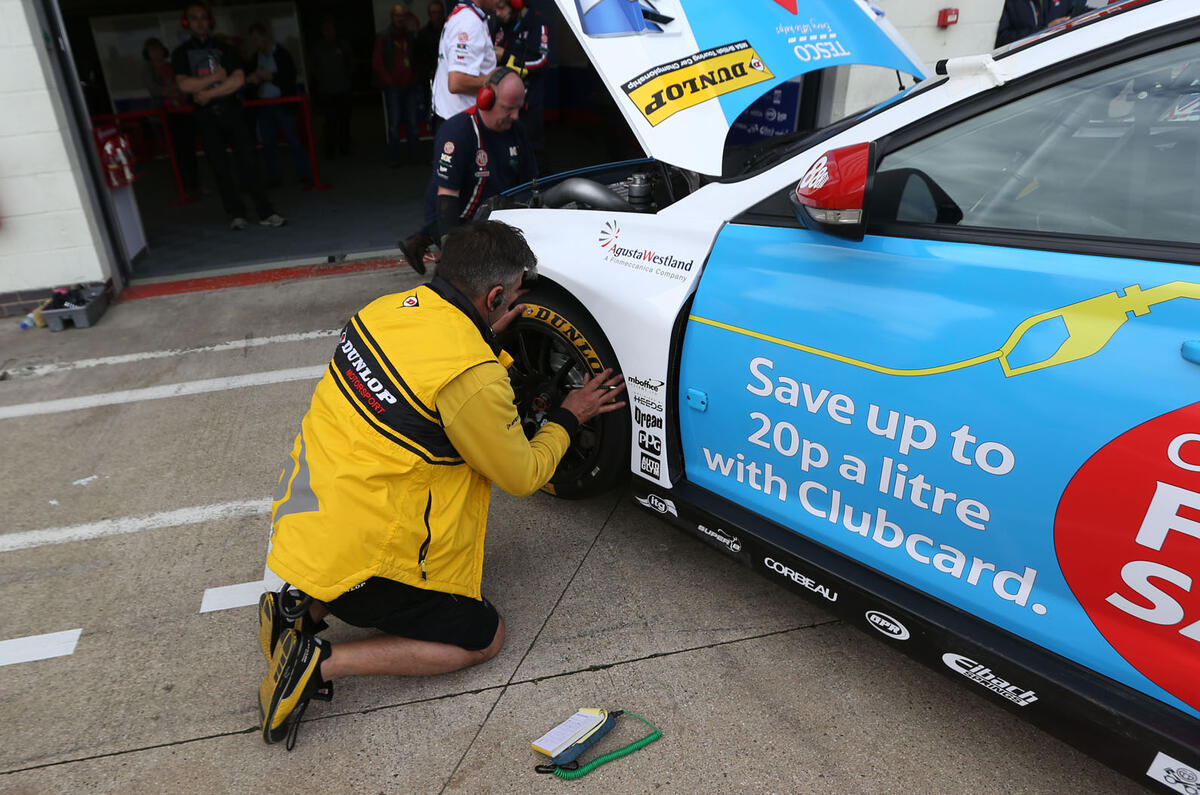

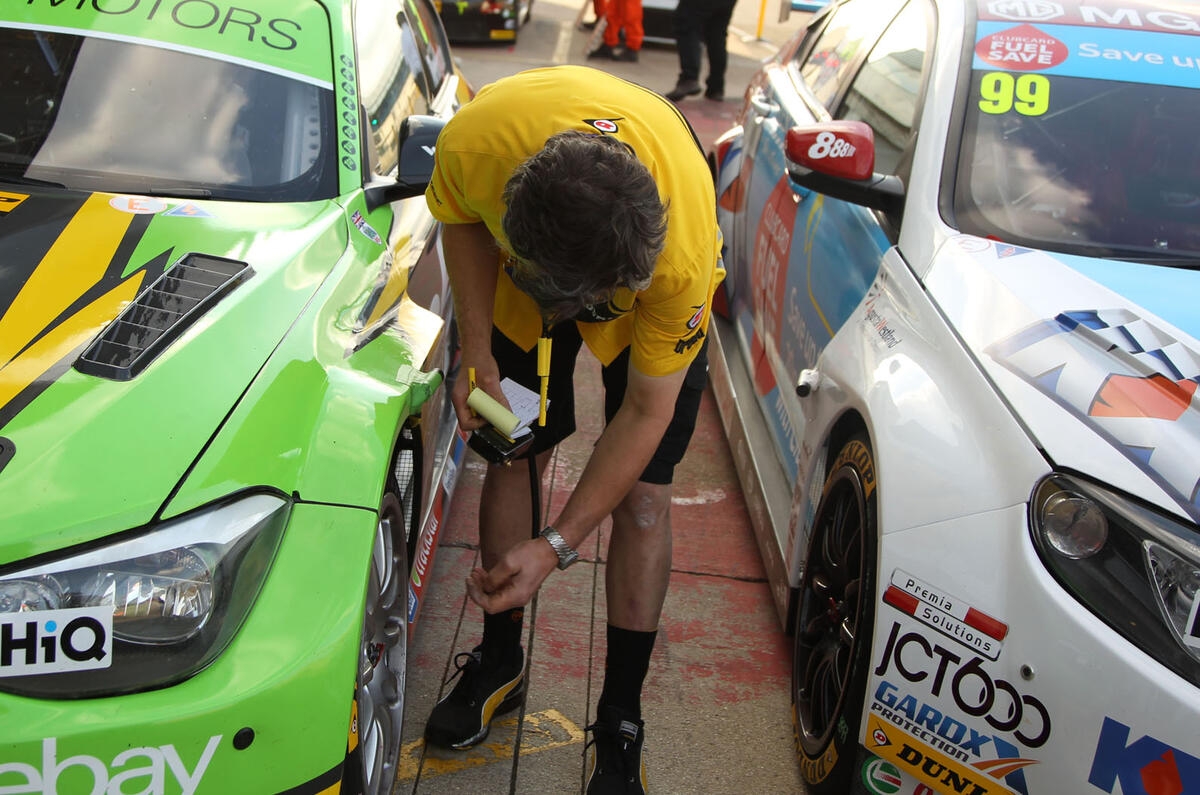
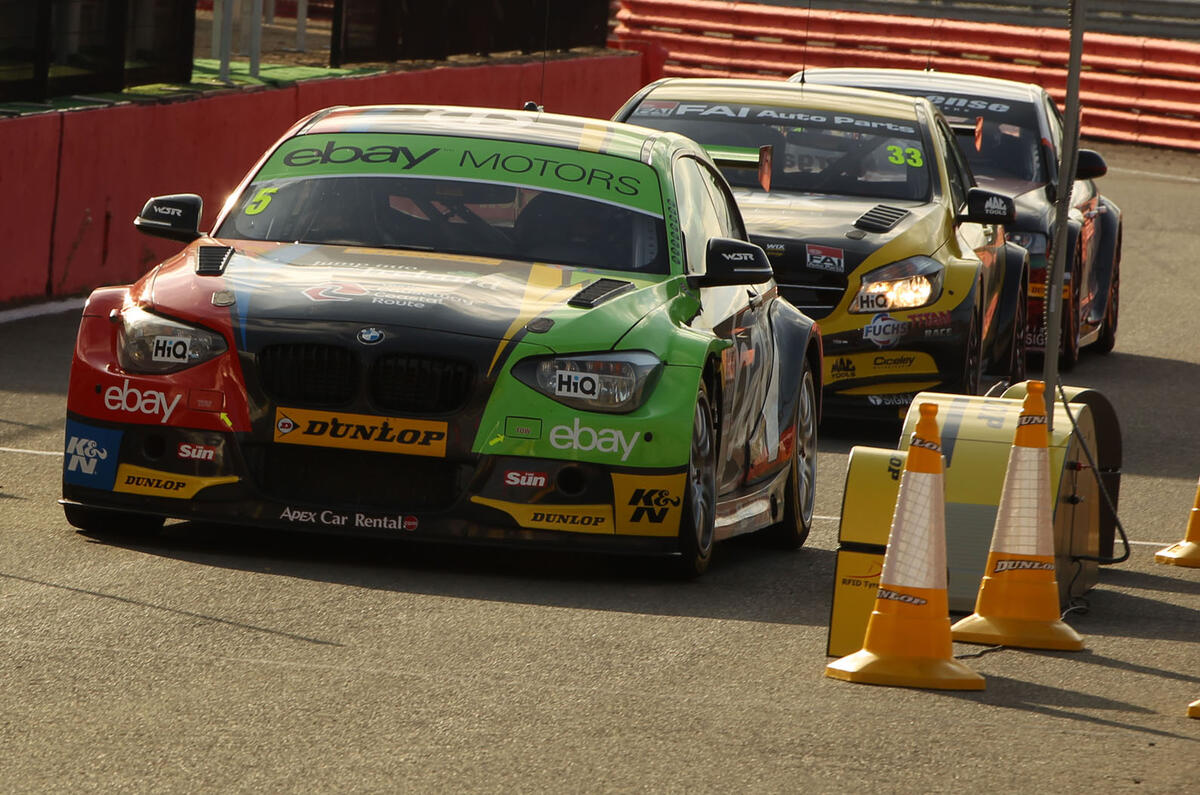

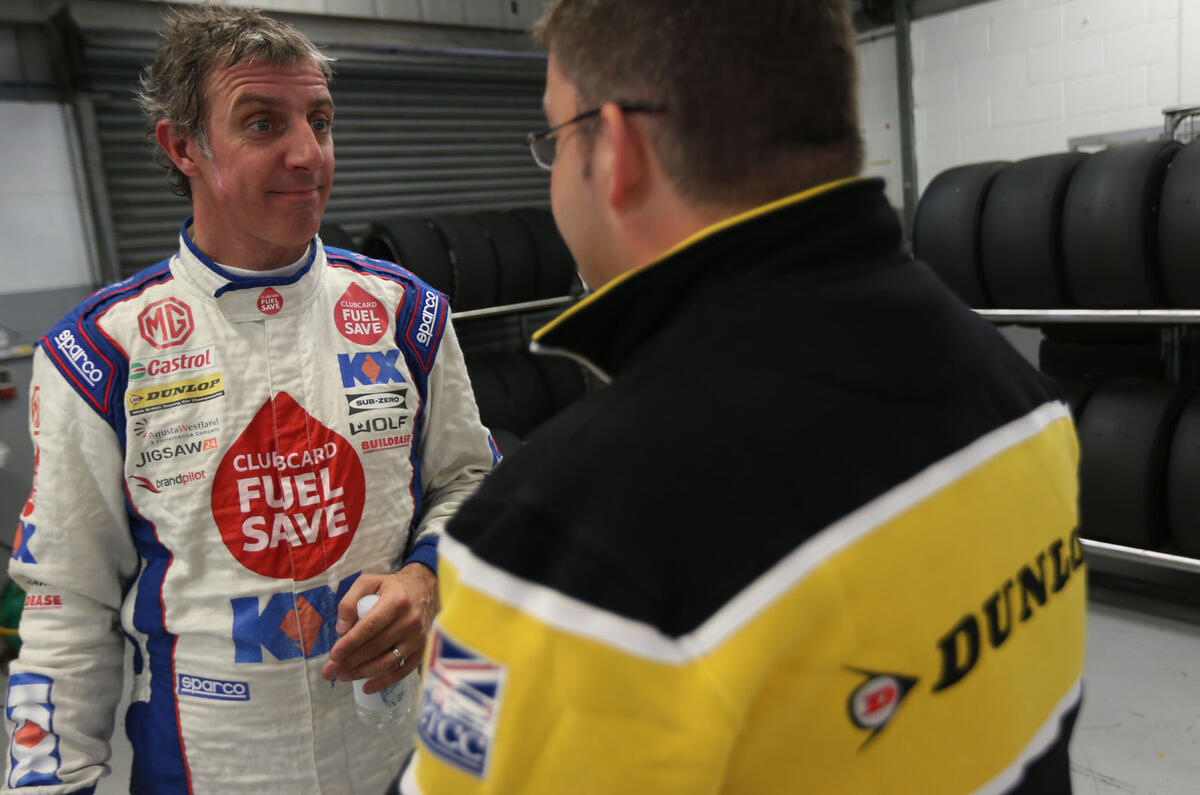


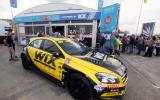


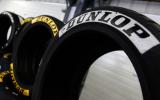
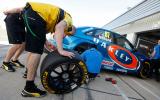

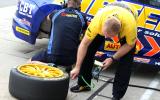
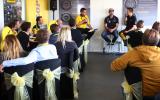
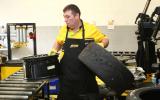


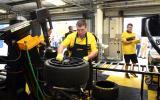
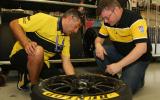
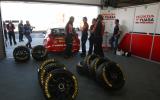
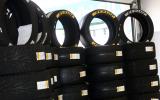

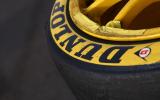


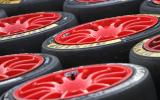
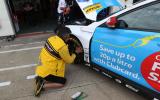
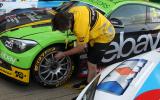
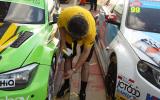


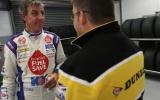


Add your comment